Stormwater systems and how they work
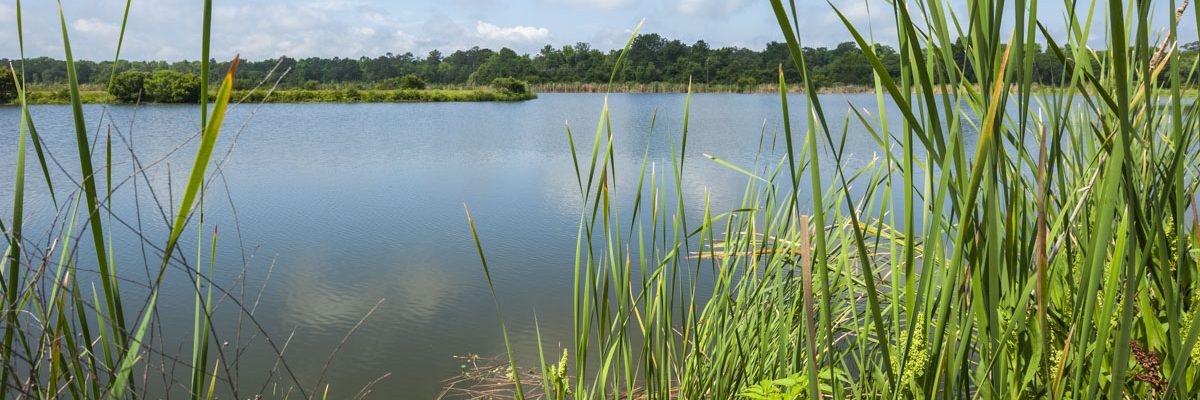
A stormwater system is a tool for managing the runoff from rainfall. Before Florida was developed, the state was an area with many wetlands. Wetlands are important ecological systems because they provide habitat for unique and important organisms, help control flooding by slowing down storm surges and absorbing rainwater before it reaches waterbodies and they also help filter out nutrients and sediments collected by stormwater as it runs over the earth’s surface before the nutrients and sediments reach waterways.
Man-made stormwater systems were designed to mimic natural processes and come in a variety of shapes, sizes and forms.
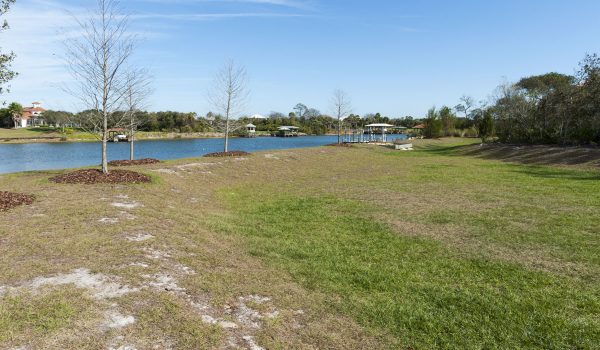
Stormwater retention basin
Retention basins are designed to store runoff for about 72 hours to allow water to seep through soil into the shallow groundwater aquifer. A basin can be man-made or it can be a natural, flat depression. Grass stabilizes basin slopes and filters sediments. Retention systems are closed systems, constructed so that storm water does not reach natural water bodies.
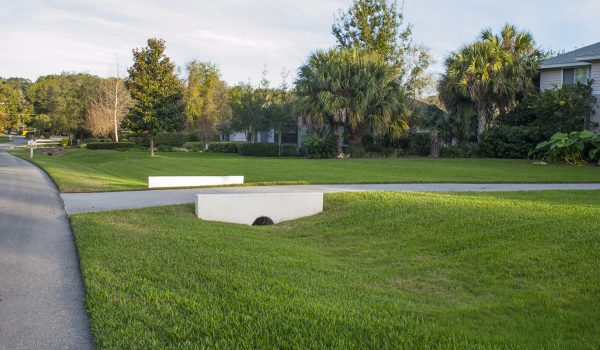
Stormwater swale
Swales are either man-made or natural areas shaped to allow water to be quickly absorbed into the ground or to allow the water to flow to other waterways. As in a shallow ditch, a swale promotes water absorption through soils. Swales hold water during and immediately after a storm but are typically dry at other times. They are open systems and allow water to flow into water bodies.
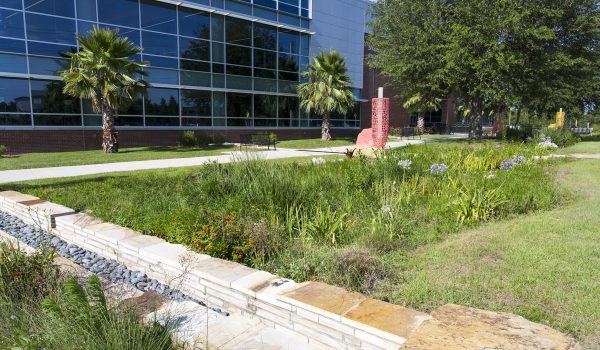
Dry retention system
A dry retention system holds a certain amount of stormwater and through percolation (over about 72 hours) dries. This type of system has a “popoff” or overflow that allows water to overflow or be discharged during a storm event that is bigger than the system was designed to handle.
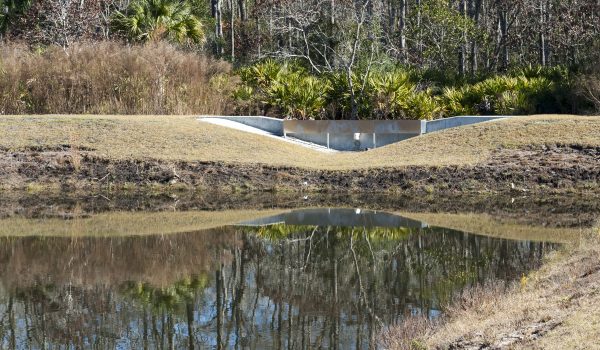
Wet detention
Wet detention systems (ponds) are the most recognizable stormwater systems. They are designed to allow material to settle and be absorbed. After a storm, water drains from a pond through a pipe in the “out flow” structure. Part of the pond — known as the permanent pool — is always below the level of the drain structure. Sometimes aquatic vegetation is planted around the pond’s perimeter to help filter sediment in stormwater runoff.
Aquascaping your stormwater pond
Just as you can landscape your yard to minimize harmful impacts on water resources through stormwater runoff, you can choose desirable, low-maintenance plants to aquascape your stormwater pond. Not all plants are good for aquascaping, and the removal of prohibited or unwanted plants can be difficult. A reputable pond management company should be contacted for most vegetation management programs. Information is available on the Center for Aquatic and Invasive Plant’s website.
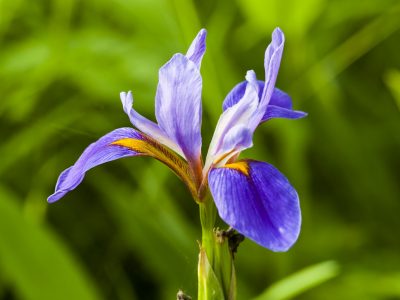
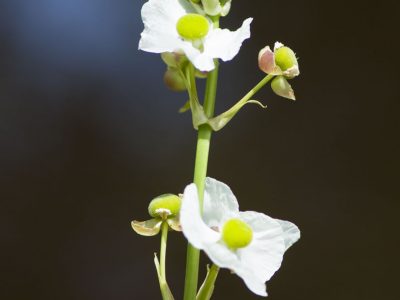
Plants desirable for aquascaping
These plants are preferred for your “aquatic garden” as they grow slowly and require little maintenance.
- Pickerelweed (Pontederia cordata)
- Pondweed (Sagittaria stagnorum)
- Soft rush (Juncus effusus)
- St. John’s wort (Hypericum perforatum)
- Tape or eelgrass (Vallisneria americana)
- American white water lily (Nymphaea odorata)
- Arrowhead (Sagittaria latifolia)
- Blue flag iris (Iris hexagona)
- Softstem bulrush (Scirpus tabernaemontani)
- Duck potato (Sagittaria lancifolia)
- Giant bulrush (Scirpus californicus)
- Golden canna (Canna flaccida)
- Gulf Coast spikerush (Eleocharis cellulosa)
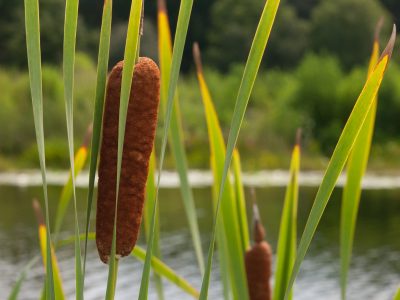
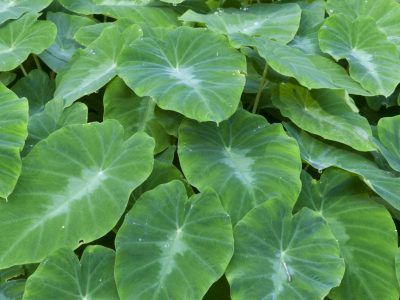
High-maintenance aquatic plants
There are native and nonnative plants that grow quickly and require a lot of attention.
- Sedge (Cyperus sp.)
- Southern naiad (Najas guadalupensis)
- Spatterdock (Nuphar lutea)
- Spikerush (Eleocharis sp.)
- Torpedograss (Panicum repens)
- Water fern (Salvinia minima)
- Wild taro (Colocasia esculenta)
- Filamentous, macrophytic and planktonic algaes
- Bladderwort (Utricularia sp.)
- Cattail (Typha sp.)
- Coontail (Ceratophyllum demersum)
- Duckweed (Spirodela polyrhiza)
- Knotweed (Polygonum sp.)
- Mosquito fern (Azolla sp.)
- Paragrass (Urochloa mutica)
- Pennywort (Hydrocotyle sp.)
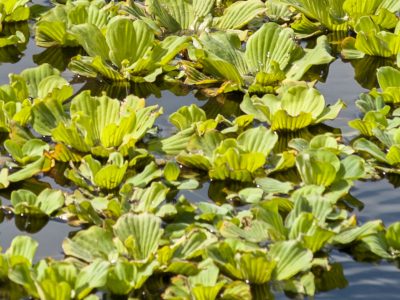
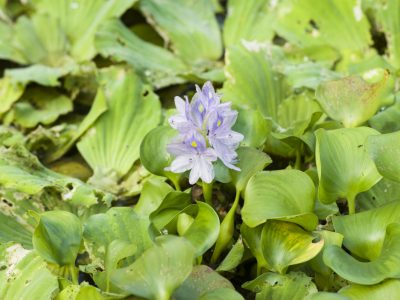
Prohibited aquatic plants
Prohibited aquatic plants are aggressive weeds that are restricted by state or federal law. These invasive plants may not be possessed, transported, cultivated or imported without a special permit.
- Waterhyacinth (Eichhornia crassipes)
- Waterlettuce (Pistia stratiotes)
- Water spinach (Ipomoea aquatica)
- Alligator weed (Alternanthera philoxeroides)
- Eurasian water-milfoil (Myriophyllum spicatum)
- Hydrilla (Hydrilla verticillata)

